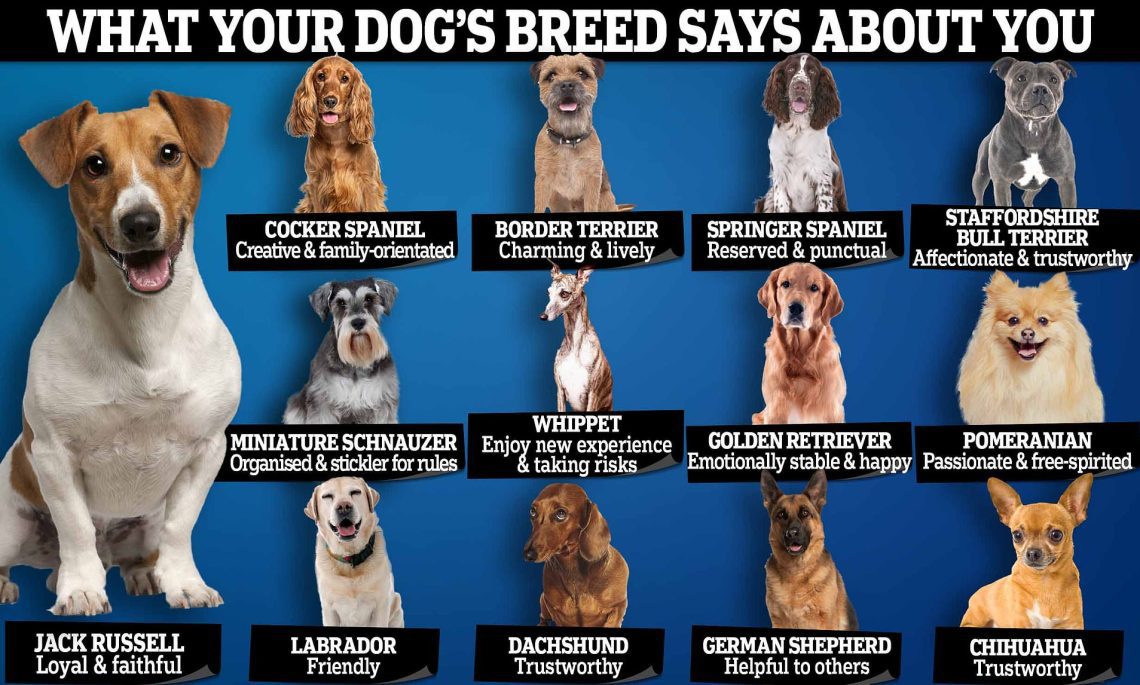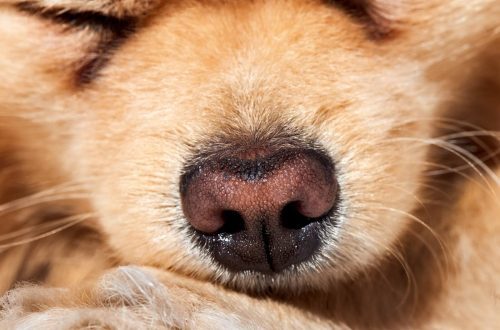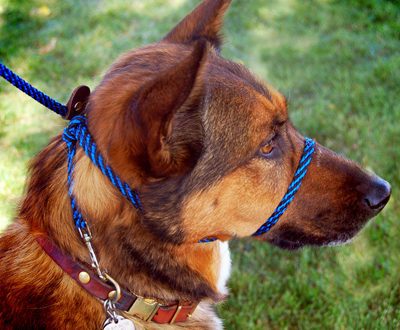
How the breeds of the smallest dogs differ in character and size
Not all people, due to their physical capabilities, can cope with large dogs, and even an elderly old man can control small ones. Some children are afraid of huge and formidable dogs, and a cute little friend will delight the child with joint games and bring a lot of fun.
Contents
Great virtues of the smallest animals
- Light weight is a virtue that children and the elderly will appreciate. It will be much easier for them to hold on their hands or cope with a tight leash than for large breeds of four-legged friends.
- Due to the small size no extra space required a habitat. Breeds of small dogs are successfully kept in a one-room apartment. But, despite their modest growth, they can enter into combat, for example, with a rat to protect the owner.
- Beautiful and attractive appearance will please the eye of the owner. Most often, small breeds are bred for decorative purposes.
- All small dogs love affection and attention. Large dogs, shepherds, bulldogs are not inclined to endure strokes for a long time, rather they will simply leave or express their displeasure. And modest-sized dogs will not only be infinitely grateful for attention, but over time they will begin to insistently demand it. They are true companions to their owners and are good at communicating with humans. There is a therapeutic therapeutic effect from communication with small animals.
- Long lifespan is another advantage. Small breeds fruitfully exist up to 14-15 years, while in many large representatives of the canine race this age is measured at twelve years.
Separation of dog breeds depending on size
- Dogs of the “toy” type have a size at the withers up to 28 cm inclusive and weigh no more than 2 kg.
- Pets of the “dwarf” subsection grow up to 35 cm, and weigh a little more, from 2 to 5 kg.
- The last type of “small dog” has the largest growth of all small dogs – up to 45 cm, can weigh 10 kg.
Division according to wool type
Small dog breeds may have very short hair, to attract attention with long strands or to please the eye with a wavy hairline. Small dogs with short hair are ideal for those people who have problems with allergic reactions to natural ingredients. They do not need special and careful care.
Longhaired breeds are purchased for aesthetic pleasure from the styled hairstyle of the dog, there are also such owners who like to invent such styling, and then be touched by a furry friend.
The short-haired breeds are
- pug dog suitable for those who do not like the speed of movement, much more time you will have to watch your pet lying on its side. The short, smooth coat is ideal for a home with children. A pug can learn only the simplest commands, and deep training will require a lot of effort. Very friendly dog for the owner and his family members. The coat color is black, fawn or silver, depending on the sex it can weigh 7–11 kg, and grows 27–31 cm.
- Another smooth-haired breed worth paying attention to is the Dachshund. This dog, convenient in all respects, is deeply devoted to the owner, and will greet all unfamiliar guests with a deafening bark. The smallest breeds weigh from 3,7 kg, and standard ones grow up to 9 kg.
- Chihuahua also does not require special care for its short coat. Having got such a small attractive pet, you will also acquire the most faithful and devoted friend. Very playful will be a treat for young children. They live up to 16 years, weigh from 2,7 to 3,1 kg.
- Yorkshire Terrier has a straight and long coat, which is not subject to shedding due to the fact that it does not have an undercoat. If hair care is done, then the terrier can change color from black to silver-blue.
- Papillon is a charming decorative breed with thick and long hair. Long fluffy ears give her a touching look and delight lovers of furry friends. If she has a white shirt-front on her chest, and there are spots around her eyes and ears, then there is no doubt about the thoroughbredness of this specimen.
- Poodle may be a dwarf species, and may grow to a small dog. The body of the dog is usually cut short, leaving cute pom-poms on the head and paws. The coat of poodles is silky and soft.
- The fluffy Pomeranian breed is commonly called a bear cub, because it has such a fluffy and dense coat. The fur coat has an undercoat in its structure, but you should not be afraid, you just need to carefully comb it out with special hairdressing tools.
The inner mood of the pet
In order to choose the right pet for yourself or your children, you need to take into account his character and temperament. Small breeds of dogs are united by love for games, affection, attention, enthusiasm, good-natured character, gullibility and devotion.
But still, speaking about communication with children, it is necessary to distinguish between the character traits of various small pets.
If you do not like fast lightning jumps, circling around the room and scratched furniture, you need to pay attention to pugs. These slightly infantile dogs won’t bother you.
Ornamental breeds of York, pygmy poodle and Chinese Crested will enable lovers of hairdressing delights to take care of the appearance of their pets.
A trusting, devoted and faithful friend can be obtained very soon, one has only to acquire Bichon and Frize dog breed. These fluffy dogs love their owners very much. In any case, they will serve as a lesson to your child in developing a kind attitude towards animals.
So that your child has someone to frolic with, make him happy with the purchase of a furry friend of the Beagle breed, the Eskimo Spitz. Pets listen to every word of the owner, love outdoor games and are obedient in education.
There are some breeds of dogs that, under certain circumstances, can show aggression towards a small owner, and even bite him, despite their small size. Such fickle natures include lapdogs, chihuahuas, Pekingese and mini-pinchers. You need to be careful with them and do not leave very young children to play with such breeds unattended.
Among the little inhabitants of your house there are real property and safety protectors owner. Such small dog breeds include, for example, the miniature schnauzer, which is the smallest in the world. An unusually brave dog will guard the house and wake up all the inhabitants with a ringing bark at the first danger.
An excellent call signaling danger can also be the breed of the dwarf pinscher, which, in addition to its voice, is able to show courage and pounce on a stranger who does not like a stranger.
General rules for caring for small dog breeds
Despite the wide variety of species of little furry friends, content features include standard rules for all breeds.
- A large open space should not be allocated to a dog for a sleeping place, many of them are happy to live somewhere in a corner and do it with joy.
- If the animal lives in an apartment, be sure need to walk with him on the street morning and evening, and if possible also in the afternoon. Smart and decent animals will not shit on the floor in the dwelling, but will endure with effort, thereby causing great harm to their health.
- Carrying or transporting small breeds of dogs over long distances is recommended in baskets or special bags for animals. Be sure to contact the owner during the movement if the animal is frightened by the surrounding noise or the roar of the motor.
- For long-haired breeds of small pets, it is necessary application of “dog chemistry”, namely various shampoos, conditioners. If the hair is long, soft and silky, brushes with soft bristles should be used for combing. With a stiff brush, comb out thick dog hair, if there is an undercoat. Such timely combing will prevent random hair loss throughout the house.
- Dogs that live indoors all the time need to shorten their nails as they grow.
- It is best to accustom the dog to the tray so that unforeseen troubles do not occur. Small breeds of dogs learn this habit very quickly and there are no difficulties.
- Dog food should include a variety of amino acids, fatty acids, vitamins, proteins, and carbohydrates. Small breeds tend to be very mobile and expend a lot of energy. Therefore, the daily ration should restore such costs.
- If you properly teach a dog to eat from childhood, then there will be no problems with favorite and unwanted food. Feeding for small breeds is recommended fractional, tiny creatures can overeat in the same way as large ones.
- Due to their small body weight, such dogs often get cold and sick, so you need to put on them special street clothes in the cold season. Sometimes a small pet can be overlooked and easily injured with a foot, you should move with caution in small rooms.
- For these breeds, problems with the hip joint, dental problems in the form of calculus and with the change of milk teeth, allergies to household items and food poisoning are common. Consultations with doctors are required from time to time.
- For every small animal, it is obligatory maintaining a veterinary passport in the prescribed form, which should be presented to a specialist when applying for help.
Of course, caring for any animal requires attention and patience, but how much joy and peace these small, lively and warm lumps bring to the house.





